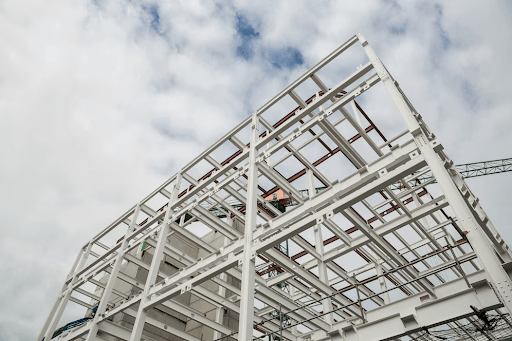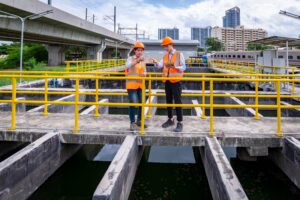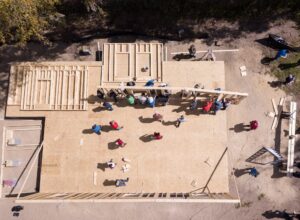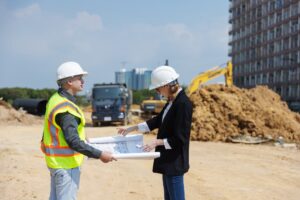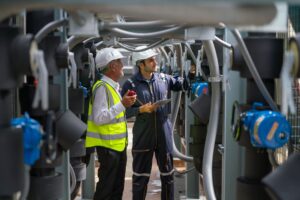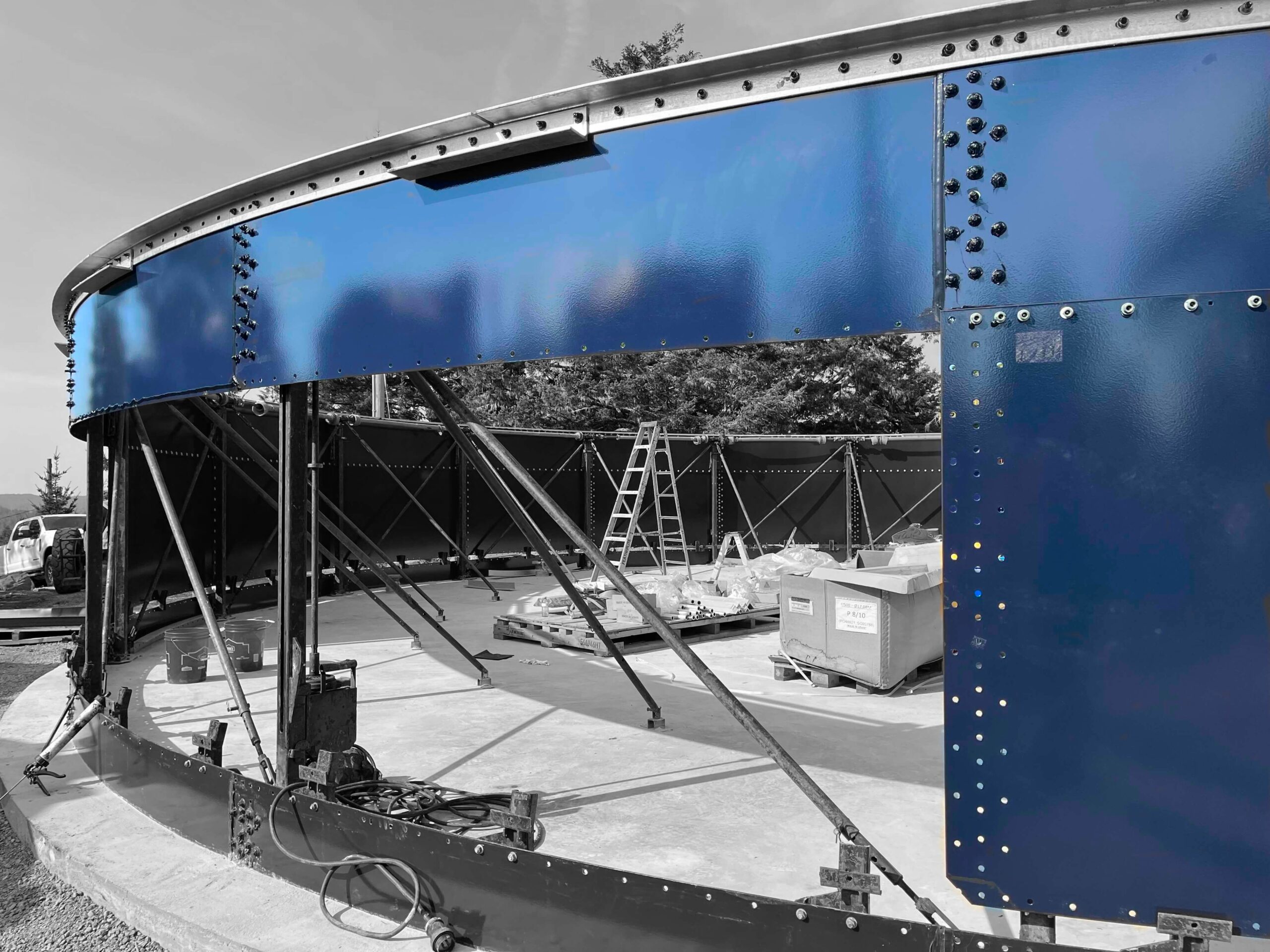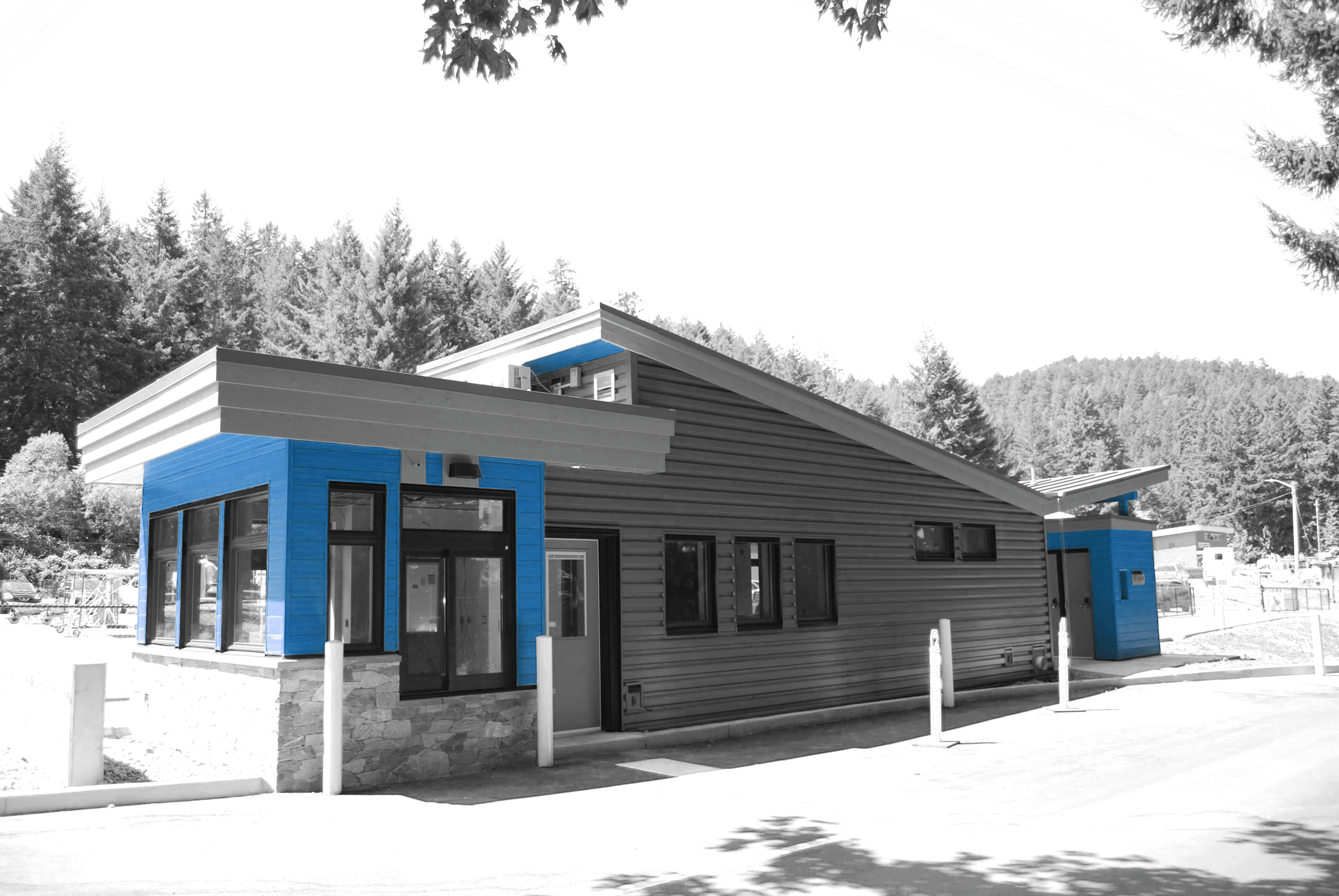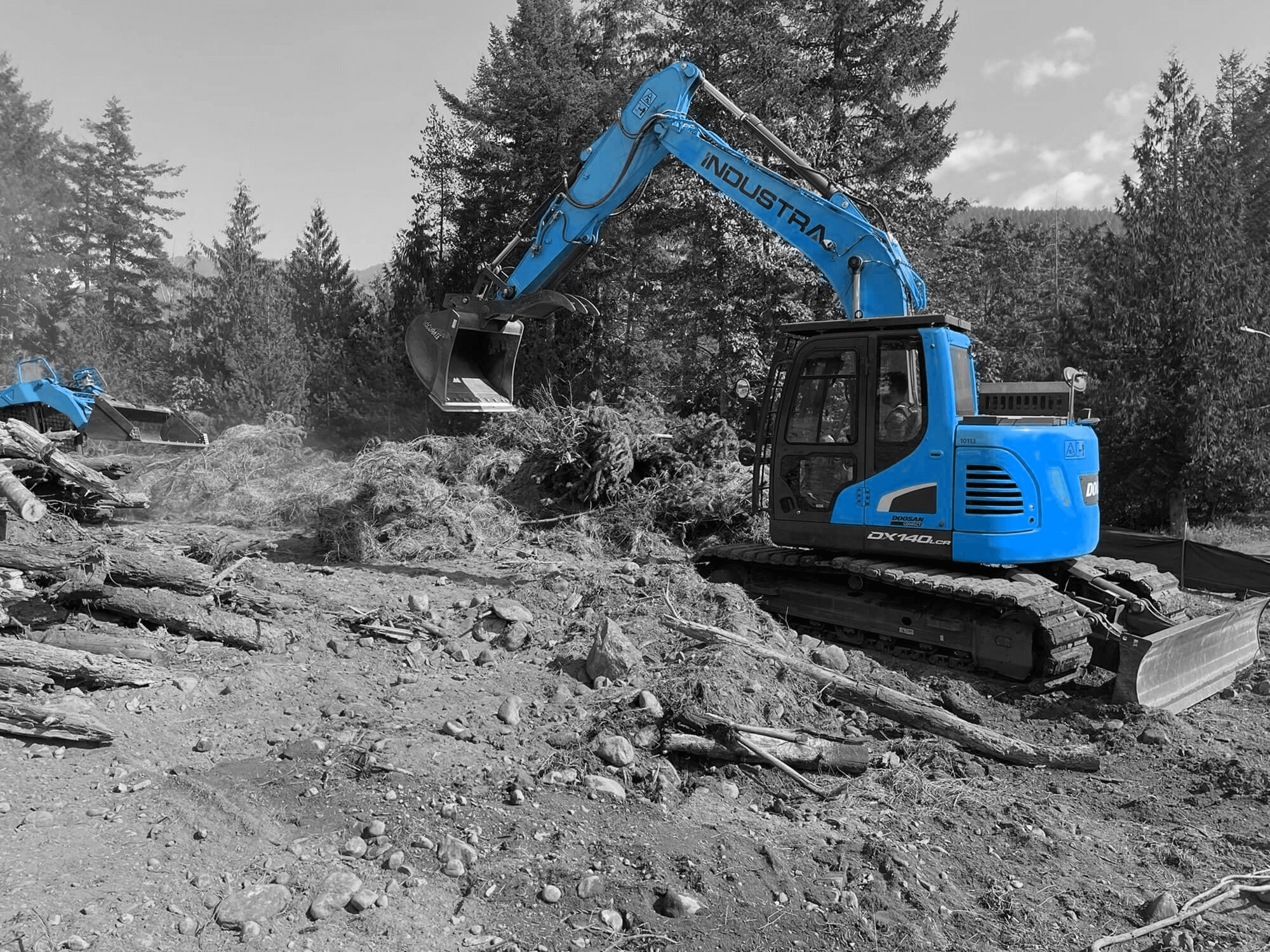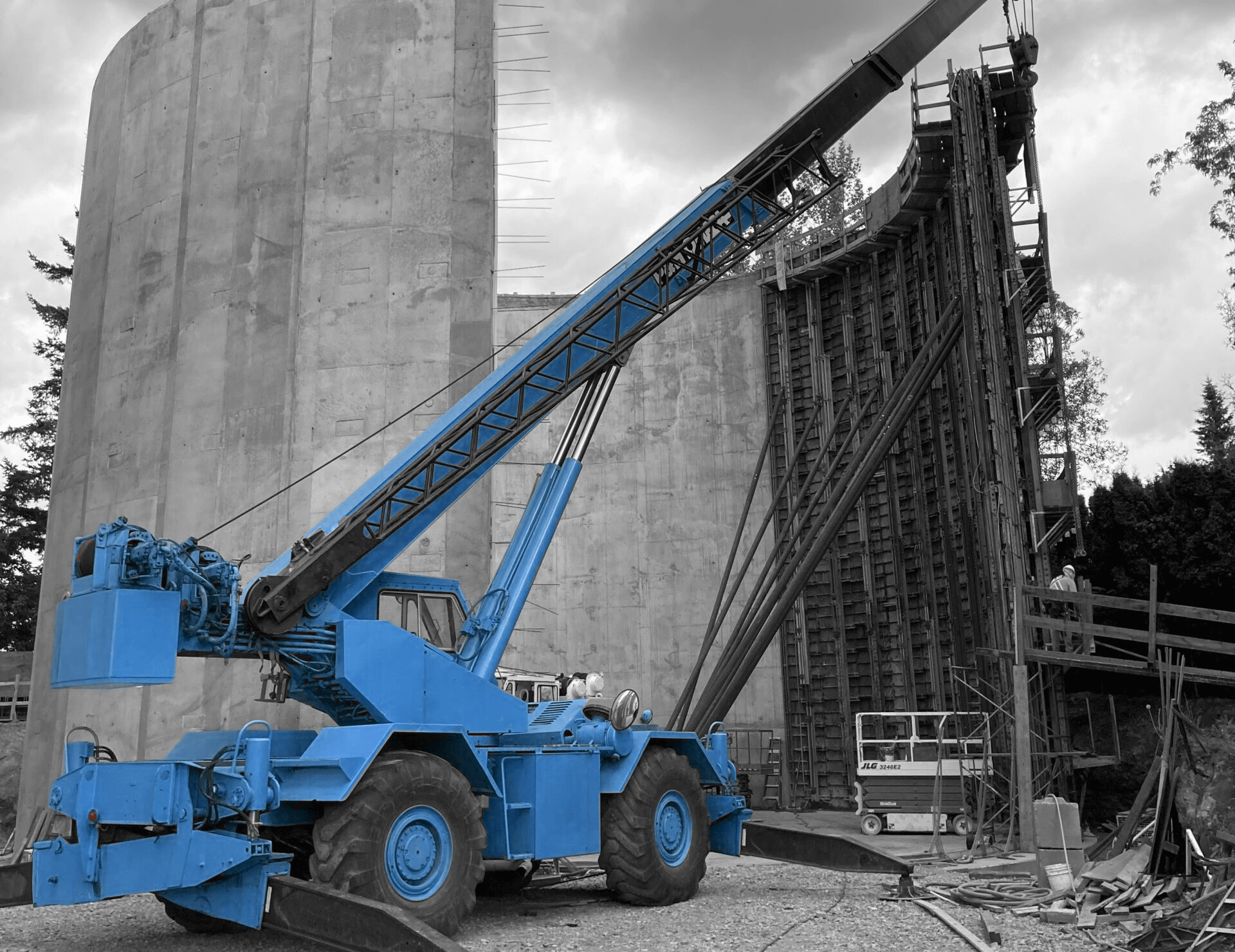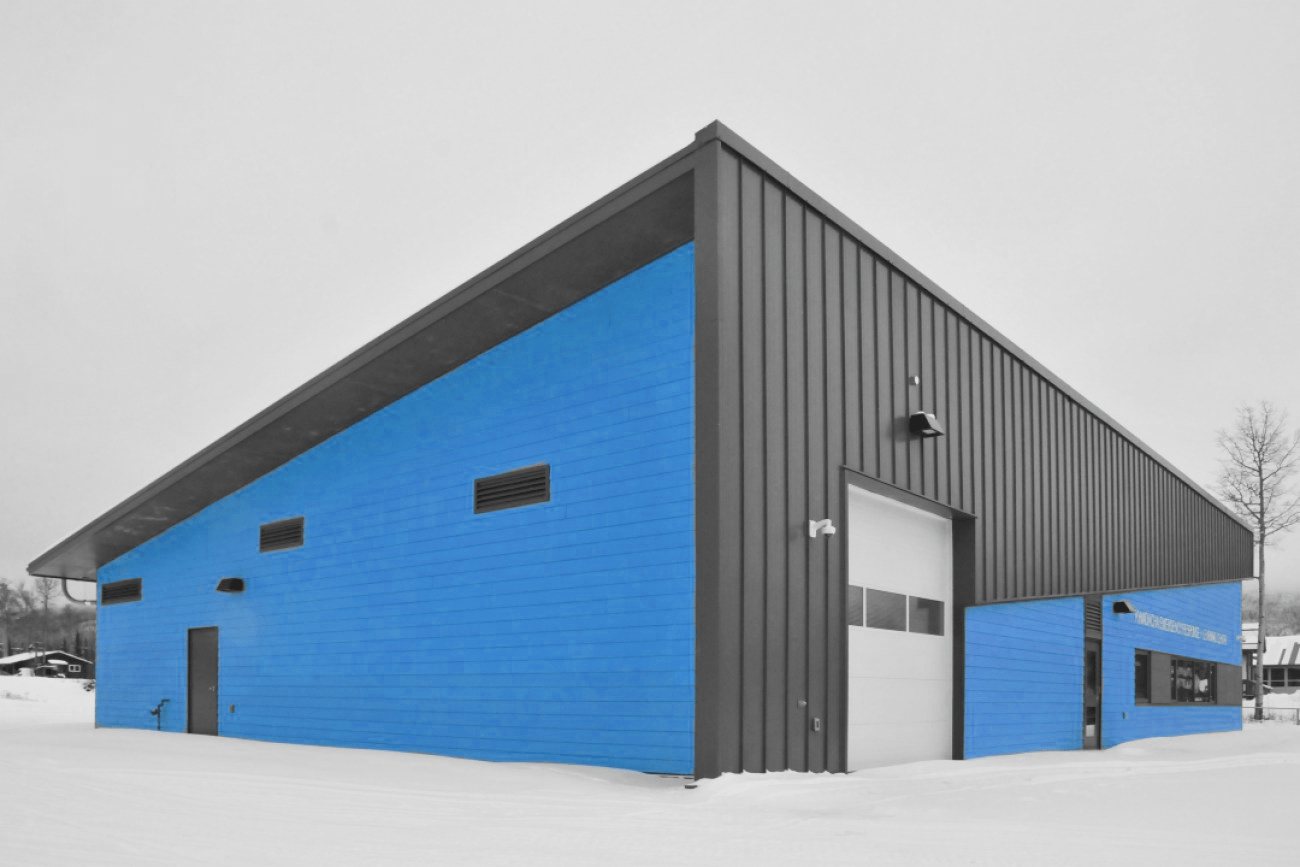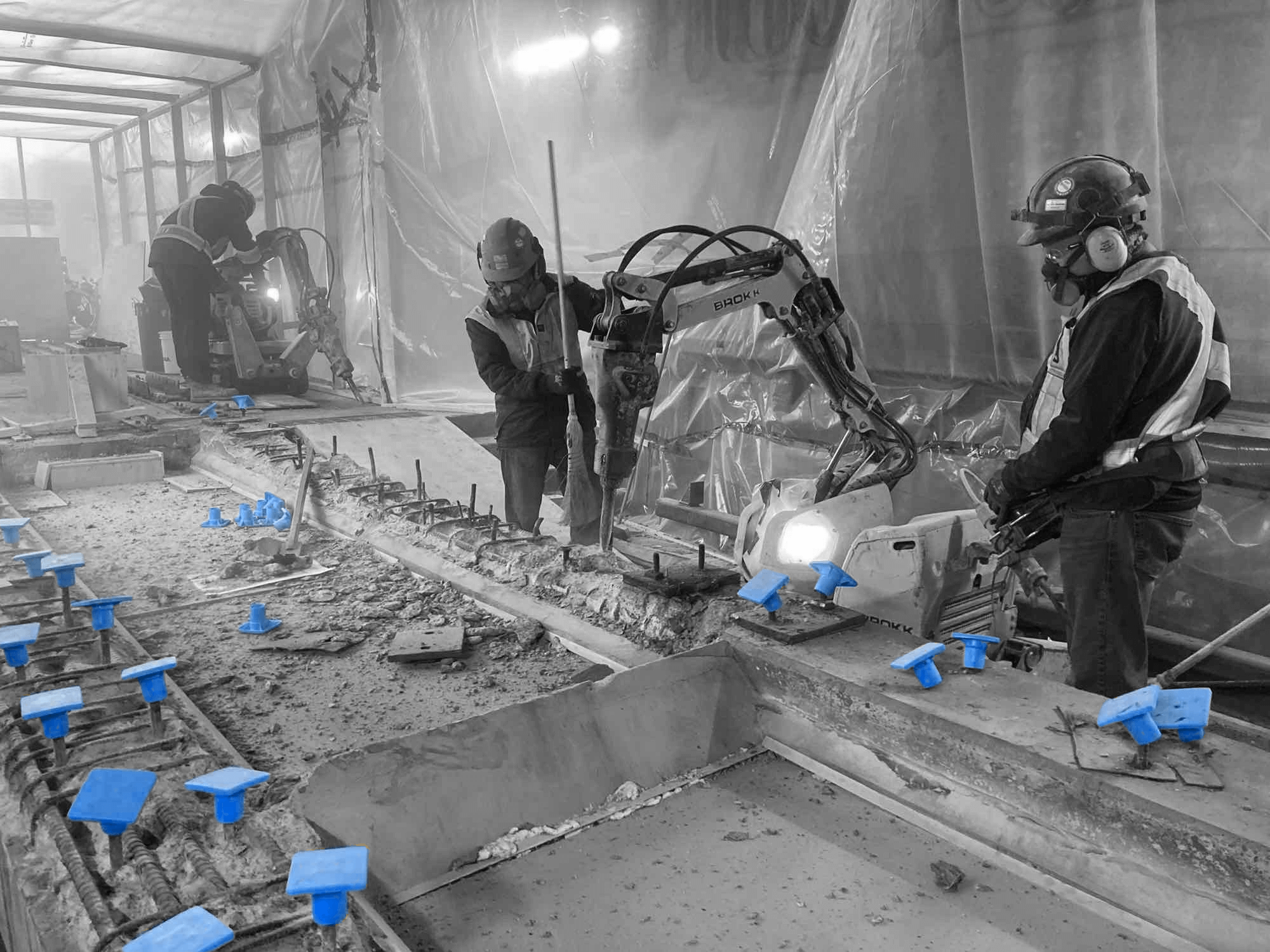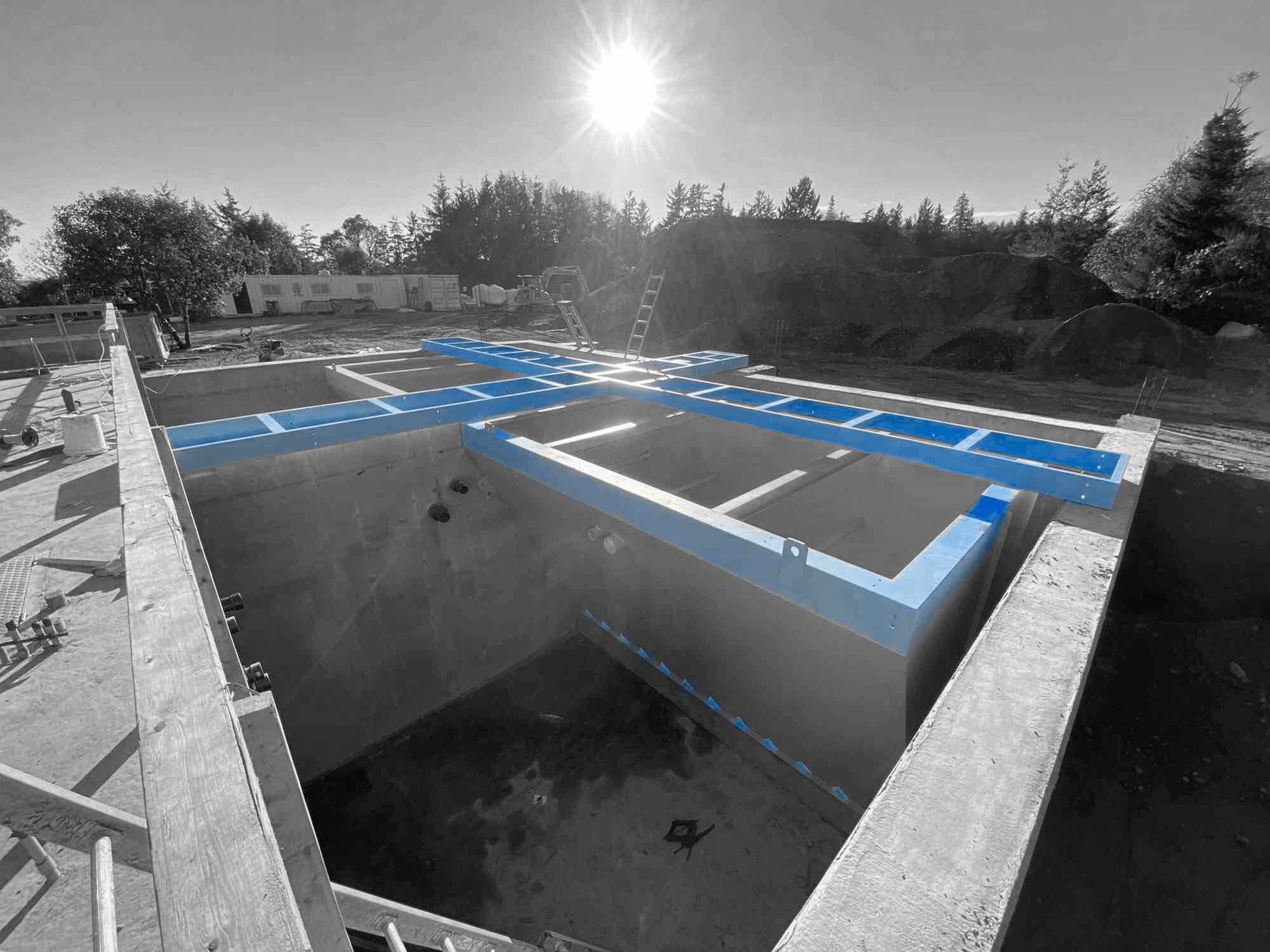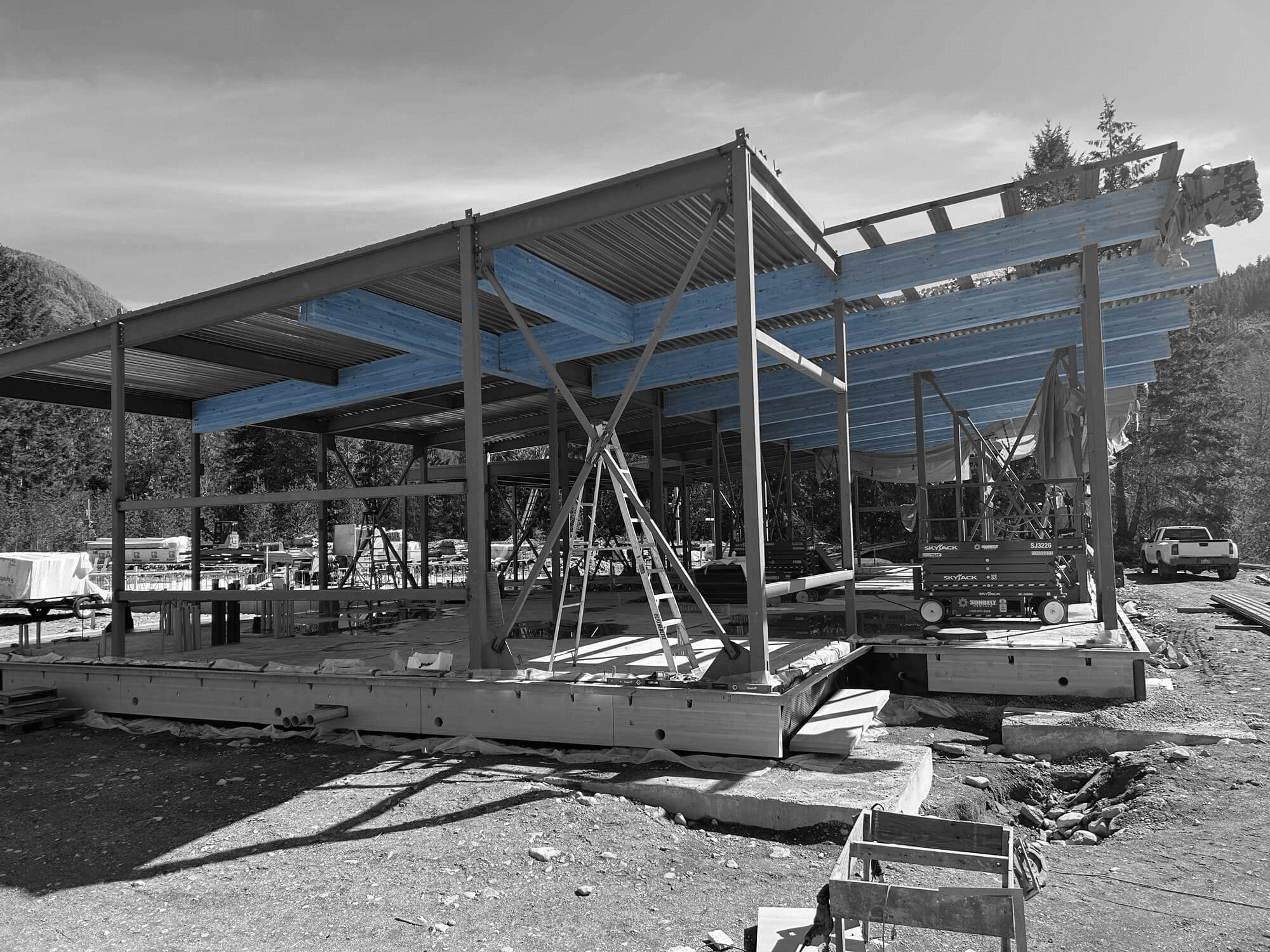As industries continue to expand, the demand for flexible and durable building solutions has never been greater. Steel buildings are increasingly becoming the preferred choice for industrial applications due to their strength, adaptability, and efficiency. They are not only robust but can also be customized to meet the unique needs of any growing business.
Steel offers a perfect balance between longevity and flexibility, making it ideal for industries that require large, open spaces for operations. The ability to span wide areas without internal supports makes steel an excellent choice for warehouses, manufacturing plants, and distribution centres. This structural efficiency helps industries optimize workflows and maximize productivity.
Moreover, the benefits of steel buildings extend beyond functionality. They also offer a cost-effective solution that supports sustainable practices, aligning with the industry’s focus on environmentally friendly construction. Embracing steel for industrial growth combines economic advantages with a commitment to sustainable development, setting the stage for future success.
Meeting the Needs of Expanding Industries
Steel buildings have emerged as a top choice for industries looking to expand efficiently and sustainably. Their ability to provide large, open spaces makes them suitable for diverse industrial needs, such as manufacturing, warehousing, and assembly areas. This versatility ensures that facilities can easily adapt to the changing demands of production and logistics.
One of the biggest advantages of steel buildings for expanding industries is their rapid construction timelines. With pre-fabricated components, these structures are easy to assemble, reducing overall project duration. This speed allows businesses to react quickly to market demands and scale up operations without unnecessary delays.
Moreover, steel buildings offer unparalleled durability, which is vital for facilities exposed to heavy machinery and equipment vibrations. The strength of steel ensures longevity, reducing the need for frequent repairs. This reliability means industries can focus on operations without worrying about structural issues.
Here are some specific features that meet industrial needs:
- Open Floor Plans: Maximizes interior space for machinery and storage.
- Customizable Layouts: Adapts easily for various industrial processes.
- Robust Safety Features: Incorporates designs that ensure worker safety, such as fire resistance and weather-resistant materials.
By meeting these expanding needs, steel buildings support industrial growth, offering sturdy, serviceable, and adaptable facilities that keep production on track.
Cost and Time Benefits of Steel Construction
Steel buildings are budget-friendly, providing significant cost savings without compromising on quality. One of the primary financial benefits is the reduction in material costs compared to traditional construction materials like concrete or wood. Steel’s affordability makes it accessible to businesses looking to maximize their investments.
Time efficiency is another crucial benefit. Steel structures come with pre-engineered parts that speed up the construction process. This expedited timeline reduces labour costs and minimizes the operational downtime associated with new builds or expansions. The faster a business can get its facility up and running, the quicker it can start generating revenue.
Steel also offers long-term savings through its durability and minimal maintenance needs. The resilience of steel results in lower repair costs and extends the lifespan of the building. This durability means industries spend less money on upkeep over the years, freeing up resources for other essential business areas.
Here’s how steel construction benefits costs and time:
- Quick Assembly: Reduces construction time significantly.
- Lower Maintenance Costs: Resists rust, pests, and common types of wear.
- Flexibility in Design: Adapts to budget constraints without sacrificing functionality.
With these financial and time efficiencies, steel buildings empower businesses to grow and adapt, making them a wise investment for any industry aiming for quick expansion and sustainable operations.
Sustainability: Building for the Future
Choosing steel buildings aligns perfectly with environmental goals, making them a top choice for industries looking to adopt sustainable practices. Steel is one of the most recyclable materials on the planet. At the end of their life, steel buildings can be recycled and reused, reducing the need for new materials and minimizing waste. This recycling process also conserves energy, effectively lowering the carbon footprint associated with manufacturing new steel.
Steel’s durability contributes to environmental benefits by prolonging the lifespan of buildings. Long-lasting structures require fewer resources over time, minimizing environmental impact. The energy efficiency of steel buildings can be enhanced with the addition of insulation and energy-saving designs, reducing heating and cooling demands and leading to lower utility bills.
Modern steel buildings can incorporate sustainable technologies like solar panels and rainwater collection systems. These eco-friendly features complement steel’s natural advantages, providing a comprehensive approach to environmental responsibility. By opting for steel, industries support a circular economy, promoting a future where sustainability and industrial growth go hand in hand.
Adaptable Design Solutions for Industrial Growth
Steel buildings offer tremendous flexibility in design, making them ideal for industries needing adaptable solutions. Their versatile nature allows for creative and functional design possibilities that can evolve alongside business needs. Customization is a key feature, enabling industries to design spaces that optimize workflow and address specific operational requirements.
One significant advantage of steel is its capability to support large spans without internal columns, creating open environments perfect for industrial applications. This open space is crucial for housing complex machinery and equipment, facilitating efficient production processes. Steel buildings can also be easily modified, making future expansions or reconfigurations simple and cost-effective.
Design adaptability extends to aesthetic features as well, allowing for elements that reflect the brand identity of the business. The choice of finishes, colours, and architectural styles adds another dimension to customization, ensuring that the building is both functional and visually appealing.
With these flexible design options, steel buildings provide industries with the innovative spaces they need to support growing operations. They can be tailored to meet current demands while remaining versatile for future changes, ensuring that businesses can keep pace with industrial advancement.
Conclusion
Steel buildings provide a comprehensive solution for industries seeking to expand sustainably and efficiently. Their combination of cost-effectiveness, time efficiency, and environmental benefits make them an integral part of modern industrial growth strategies. By choosing steel, industries not only support their present-day needs but also invest in a sustainable future.
The adaptability of steel structures ensures they can evolve alongside business growth, offering a resilient and flexible foundation for years to come. This forward-thinking approach helps industries maintain competitiveness while adhering to environmental and economic goals.
Industra Construction Corp. specializes in delivering industry-leading steel building solutions that align with your growth strategies and sustainability goals. Contact us today to explore how our steel building contractors can help build the perfect structure for your industrial expansion needs.


